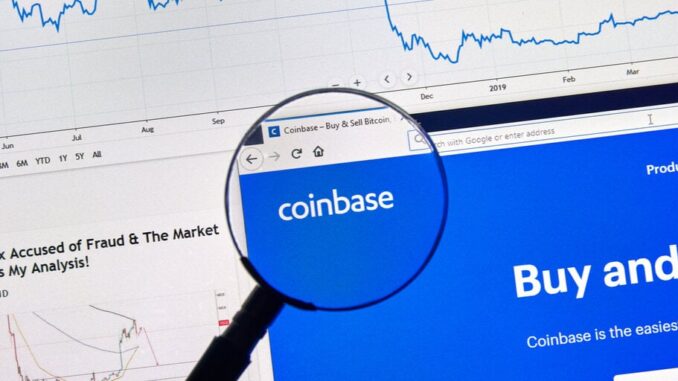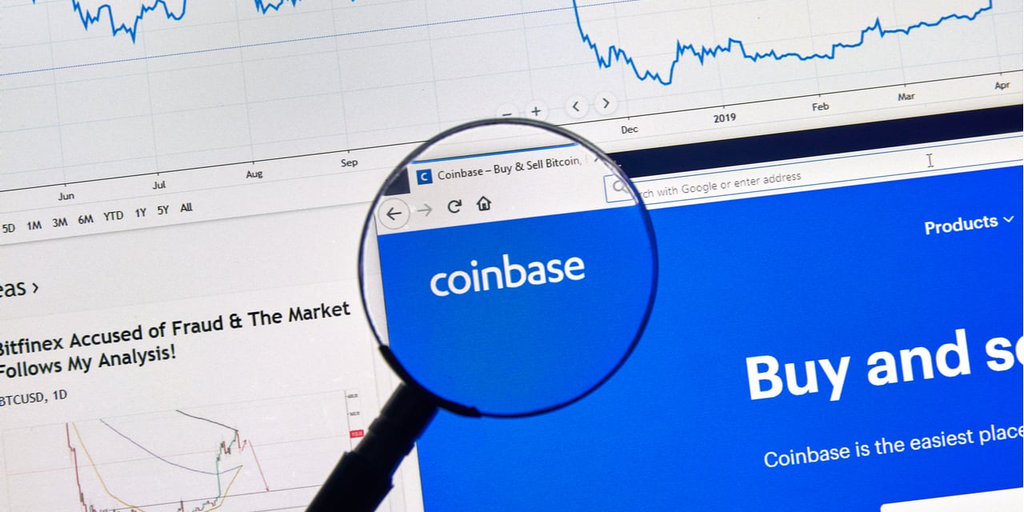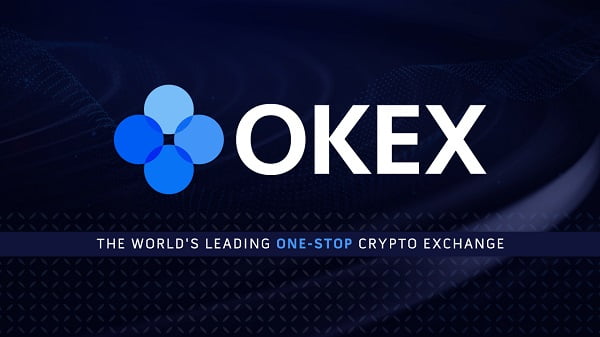
[ad_1]

When Coinbase reports its second-quarter earnings on Thursday, it could mark a significant shift for America’s leading crypto exchange: transaction fees could stop being its top money-maker, supplanted by its proximity to USDC stablecoin issuer Circle.
When the company debuted on the Nasdaq in April 2021, Coinbase’s business was heavily reliant of transaction fees gleaned from traders using its exchange. In the first quarter of 2021, Coinbase raked in a sweltering $1.5 billion from transactions, according to a filing with the Securities and Exchange Commission (SEC).
At the time, that represented 86% of its total $1.8 billion revenue. But as digital asset prices have fallen, so too have Coinbase’s transaction revenues, sliding to $375 million in the first quarter of this year and representing only 46% of its total $773 million revenue.
And as traders appear to be hibernating on its platform amid the chills of crypto winter, Coinbase has looked to subscriptions and services as a source of warmth, leaning into products like staking.
Now, Coinbase’s first-quarter revenue from subscriptions and services totals $362 million—only $13 million behind transaction revenue—and that figure more than doubled compared to $152 million during the same period a year ago.
But for all the attention and regulatory heat its staking products have received, Coinbase’s first-quarter revenue from subscriptions and services was dominated by interest income at $241 million, compared to just $74 million from blockchain rewards.
A lot of the bump in interest income can be attributed to Coinbase’s relationship with Circle and Centre, the consortium that manages USD Coin, according to Needham & Company analyst John Todaro. Coinbase, which is a founding member of that consortium, established a revenue-sharing agreement with Circle on reserves backing the token when it launched in 2018.
Stablecoins are tokens pegged to the price of a sovereign currency like the U.S. dollar. They are often backed by cash and government notes, like Treasury Bills, which have seen yields rise as the Federal Reserve tries to combat inflation by raising interest rates.
“When interest rates started rising, I think Coinbase realized, ‘Hey, there’s real interest income to be earned here,’” Todaro told Decrypt. “At the same time, trading volume has been steadily decreasing since the bull market, so it’s been a shift.”
USDC has a market capitalization of $26 billion, making it the 6th largest cryptocurrency by market cap, according to CoinGecko. Still, USDC has seen its market cap dip 19% from $32.5 billion at the start of the second quarter, a trajectory that crystalized after the token temporarily depegged following Silicon Valley Bank’s collapse in March.
The Federal Reserve has marched interest rates to a 22-year high since then, in theory boosting the revenue Coinbase’s earns on USDC reserves, but the decline of USDC’s market cap will probably offset those gains, Todaro said.
“It’s been a slow bleed,” he said. “I don’t think the [rate] hike is going to offset that USDC market cap decline.”
Even if interest income from USDC drops, subscriptions and services will likely take the lead, Todaro said. According to Needham & Company’s estimates, Coinbase’s revenue from subscriptions and services next quarter will be $320 million—significantly more than the $242 million expected from transactions.
While Coinbase’s shift toward subscriptions and services has been building gradually, Todaro said it’s far from a permanent pivot. He described it as a result of the current economic environment and said transaction fees could become dominant again when the Fed eventually cuts rates.
Todaro isn’t the only one who sees this as Coinbase’s moment for subscriptions and services. “This is likely the quarter that Coinbase becomes a bank vs. exchange,” Ryan Selkis, co-founder of the crypto market intelligence firm Messari, said on Twitter.
In an interview with Decrypt, Selkis said subscriptions and services have provided Coinbase’s business with balance, and the Fed’s hike is good news. However, he noted the revenue-sharing agreement’s structure isn’t clear because it hasn’t been made public.
“That rise in rates will likely offset most of the decline in USDC,” he said. “But that one’s a little bit fuzzy because you’re not quite sure what the split is between Coinbase and Circle in terms of USDC.”
Echoing Todaro’s stance, Selkis said the re-emergence of transaction revenue for Coinbase is entirely possible in the future.
“If there’s another wave of enthusiasm and retail appetite, and Coinbase is de facto standard when it comes to onboarding new consumers and institutions, then, obviously, you’re gonna see a return to being driven by transaction revenue,” he said.
Stay on top of crypto news, get daily updates in your inbox.
[ad_2]
Source link



